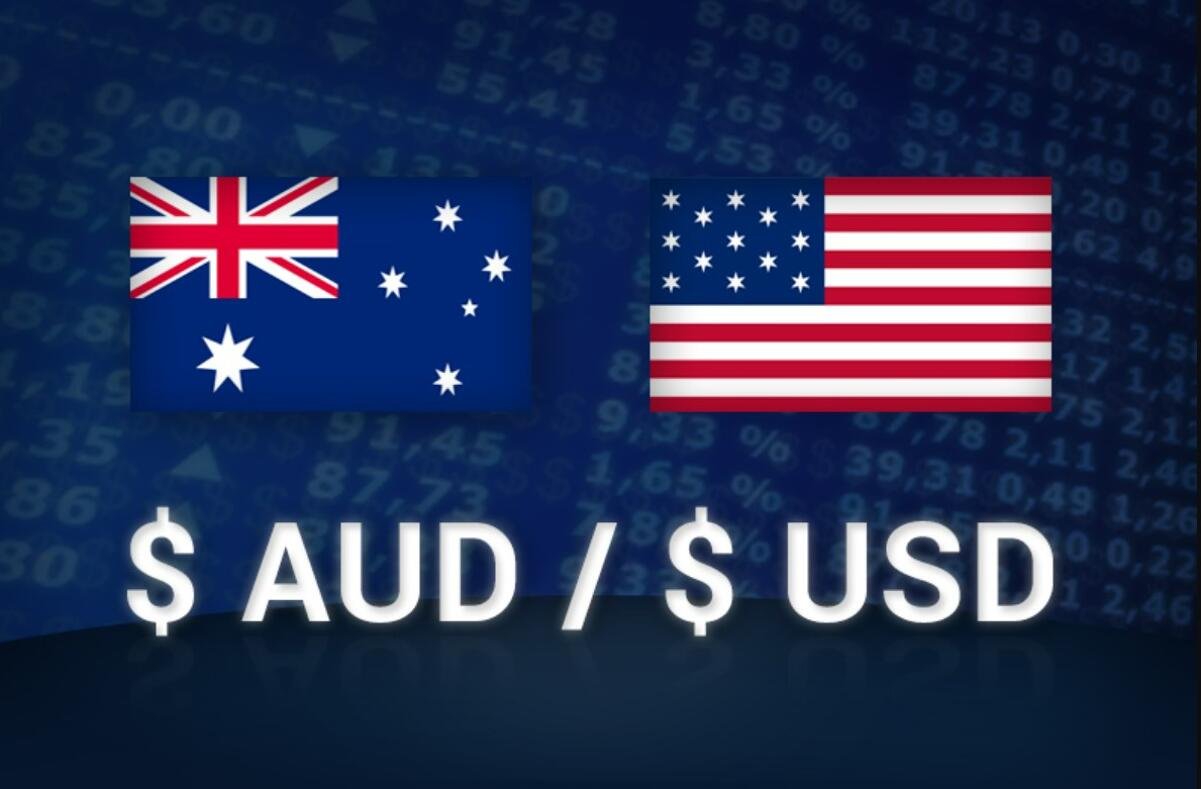Have you ever wondered how much your Australian dollars (AUD) are worth in US dollars (USD)? Whether you’re planning a trip to the States, sending money overseas, or just curious about the global economy, understanding the AUD to USD exchange rate is crucial. Exchange rates play a significant role in international trade, investment, and travel. Let’s dive into the world of currency conversion and explore what influences the AUD to USD exchange rate.
What is the AUD?
The Australian Dollar, abbreviated as AUD, is the official currency of Australia. Introduced in 1966, it replaced the Australian Pound and is now one of the most traded currencies in the world. The value of the AUD is influenced by several factors including the country’s economic performance, commodity prices, and interest rates. Australia’s strong mining sector and export-driven economy play a pivotal role in shaping the AUD’s value.
What is the USD?
The US Dollar (USD) is the official currency of the United States and is widely used as a global reserve currency. Established in 1792, the USD has become a cornerstone of the global financial system. Factors that influence the USD include the US economy’s performance, interest rates set by the Federal Reserve, and global demand for the currency. The USD is known for its stability and liquidity, making it a preferred choice for international trade and investment.
How Exchange Rates Work
Exchange rates determine how much one currency is worth in terms of another. These rates can be fixed or floating. Fixed exchange rates are pegged to another currency or a basket of currencies, while floating exchange rates fluctuate based on market conditions. Exchange rates are determined by various factors including supply and demand, economic indicators, and geopolitical events.
Factors Affecting AUD to USD Exchange Rate
Several factors can influence the AUD to USD exchange rate:
- Economic Indicators: GDP growth, unemployment rates, and economic stability.
- Interest Rates: Higher interest rates in a country can attract foreign investment, increasing demand for that country’s currency.
- Inflation Rates: Lower inflation rates typically lead to an appreciation of the currency’s value.
- Political Stability: Countries with stable governments and low political risk attract more foreign investment.
- Market Speculation: Traders’ perceptions and speculative activities can cause short-term fluctuations in exchange rates.
Historical Trends of AUD to USD
The AUD to USD exchange rate has seen significant changes over the years, influenced by economic events and market sentiment. In the early 2000s, the AUD was relatively weak against the USD but gained strength in the following decade due to Australia’s mining boom. More recently, the rate has fluctuated due to global economic uncertainties and changes in commodity prices.
Impact of Exchange Rate on the Economy
The exchange rate between AUD and USD affects various sectors of the economy:
- Imports and Exports: A stronger AUD makes imports cheaper but can hurt exports by making them more expensive for foreign buyers.
- Tourism: A favorable exchange rate can boost tourism as it makes travel more affordable.
- Investments and Businesses: Currency fluctuations impact investment returns and business costs, influencing decisions on expansion and spending.
How to Convert AUD to USD
Converting AUD to USD can be done through several methods:
- Banks and Financial Institutions: Offer currency exchange services, often at competitive rates.
- Online Currency Converters: Websites and apps provide real-time exchange rates and conversion tools.
- Tips for Getting the Best Exchange Rate: Monitor the rates, compare different providers, and consider timing your conversions when the rates are most favorable.
AUD to USD in Forex Trading
Forex (foreign exchange) trading involves buying and selling currency pairs like AUD/USD. Traders speculate on the exchange rate movements to make profits. Key tips for trading AUD/USD include staying updated with economic news, understanding market trends, and using technical analysis tools.
The Future of AUD to USD Exchange Rate
Predicting future exchange rates is challenging due to the many influencing factors. However, economic forecasts and expert opinions can provide insights. Factors like global economic recovery, interest rate changes, and geopolitical events will likely play significant roles in shaping the AUD to USD rate.
Strategies for Individuals and Businesses
To navigate the fluctuating exchange rates, consider these strategies:
- Hedging Strategies: Use financial instruments to protect against adverse currency movements.
- Investment Strategies: Diversify investments to mitigate risks associated with currency fluctuations.
- Financial Planning: Regularly review and adjust financial plans based on current and predicted exchange rates.
Common Mistakes to Avoid
Avoid these pitfalls when dealing with currency exchange:
- Not Monitoring Exchange Rates: Stay informed to take advantage of favorable rates.
- Relying on a Single Source: Compare rates from different providers to get the best deal.
- Ignoring Transaction Fees: Be aware of fees that can reduce the amount you receive.
Resources for Keeping Track of AUD to USD
Stay updated with these resources:
- Financial News Websites: Get the latest updates on exchange rates and economic indicators.
- Currency Converter Apps: Use apps for real-time conversions and rate alerts.
- Forex Trading Platforms: Access tools and analysis for informed trading decisions.
Conclusion
Understanding the AUD to USD exchange rate is essential for anyone involved in international transactions, travel, or investment. By keeping an eye on economic indicators and market trends, you can make informed decisions and optimize your currency exchanges. Stay proactive, utilize available resources, and consider professional advice to navigate the dynamic world of currency exchange.


